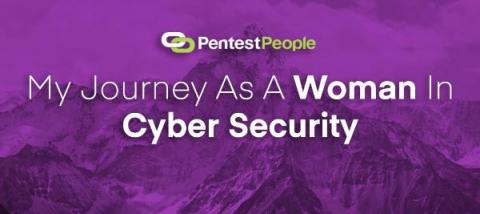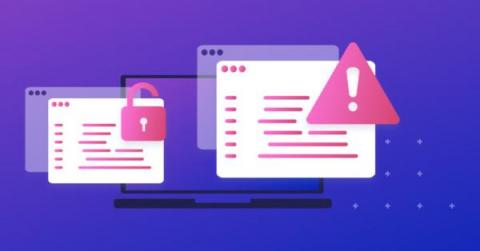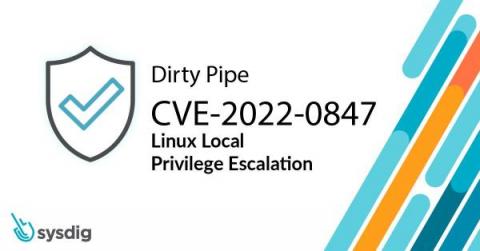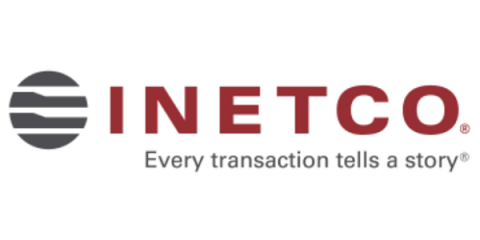Breach Costs - Millions of Lost Revenue
At the end of 2021, Capital One agreed to pay a settlement of $190 million to 98 million customers whose personal data was stolen in a 2019 data breach. Similar class-action lawsuits were filed in 2021 against T-Mobile, Shopify, and Ledger. When it comes to the cost of breaches, however, those are just the legal fees. Every year, businesses lose millions of dollars in revenue to cyberattacks and data breaches.











